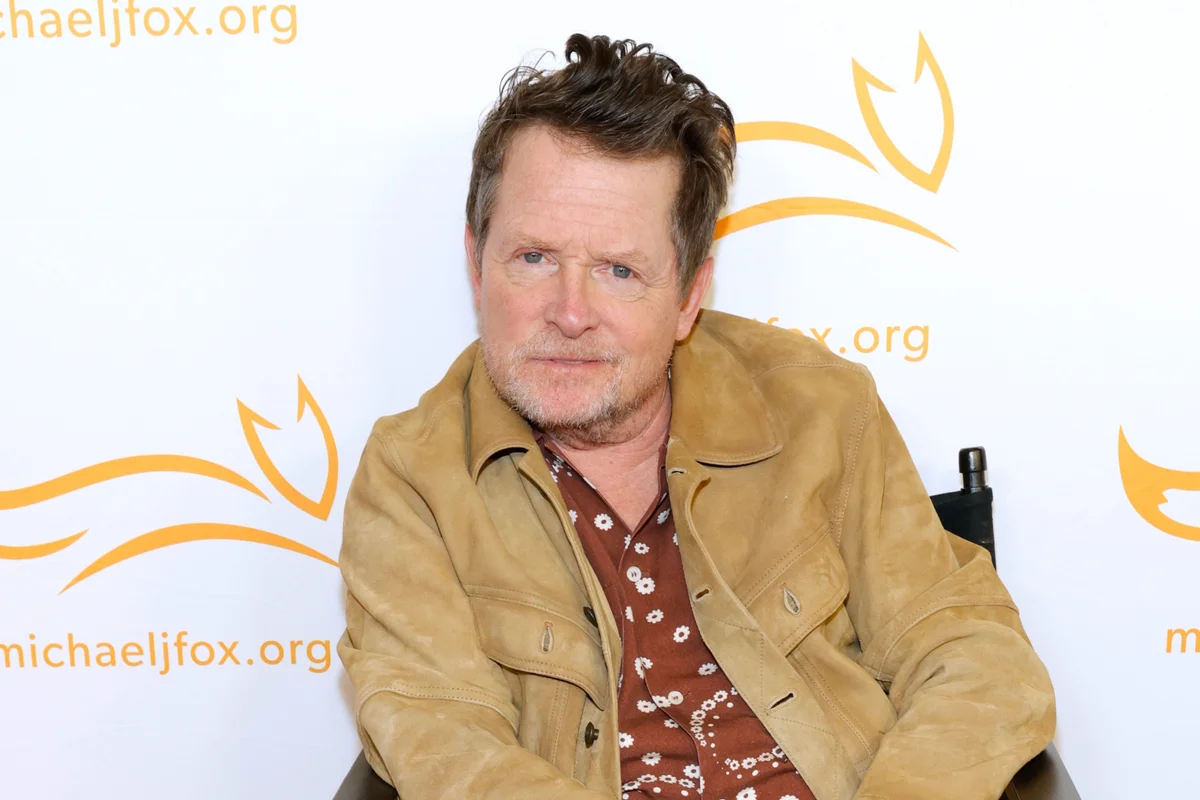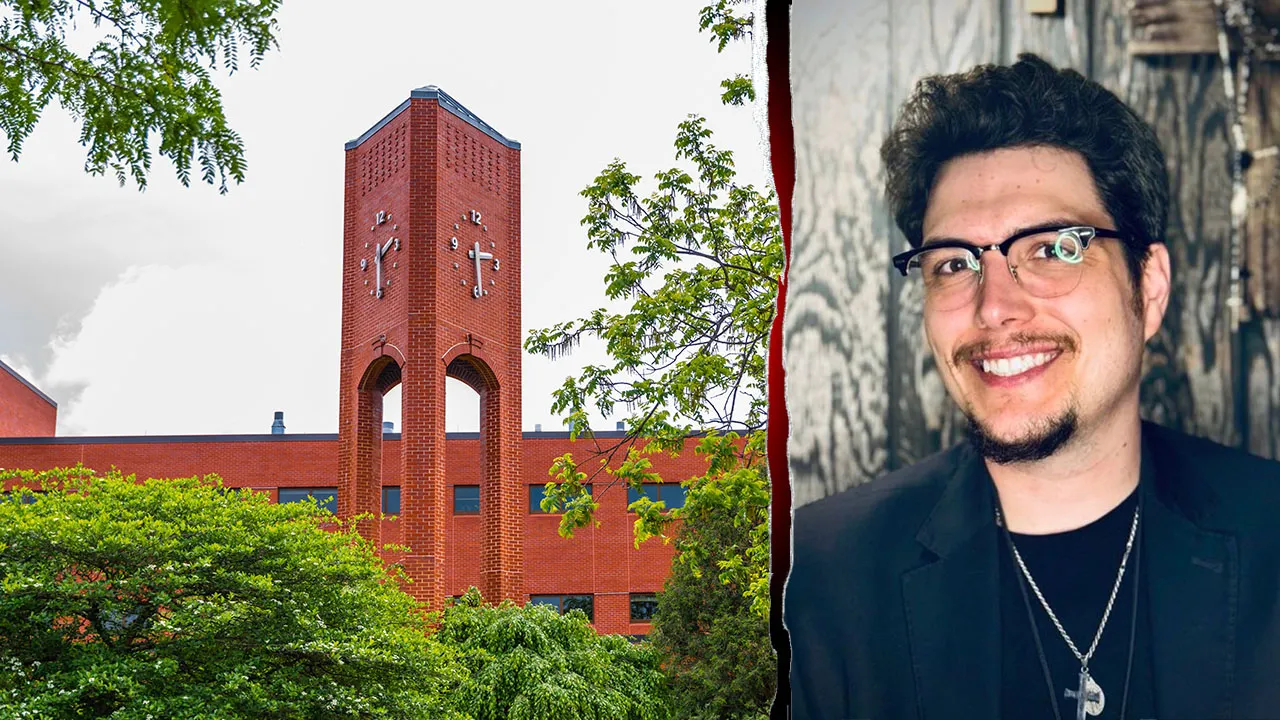Copyright Rolling Stone

Every handful of years, the music industry becomes obsessed with a specific lane of music marketing. It becomes thought piece central, the core thesis at every industry conference — and good luck avoiding it at a networking event. For the 20-teens (specifically 2015-2020), that infatuation came in the form of Spotify playlists. Artists and their teams spent thousands of dollars on third-party playlist campaigns, and their distributors’ inboxes were flooded with “Any editorial looks yet?” emails. During the pandemic, some of that focus shifted with hits being driven by short-form content. Distributors’ inboxes continued to receive the editorial request emails, but now those were packed with marketing drivers about virality. But in a post-algorithm world, where fewer and fewer hits sustain from just social media, how does an artist drive listenership, ticket sales and more? In order to unpack this, let’s explain the term “post-algorithm.” With years of digesting the platforms and how they prioritize content, fabricated content has become so oversaturated that it no longer works. Essentially, algorithm literacy. With artists/creators and their audiences understanding what makes the FYP tick, what used to feel like spontaneity now feels like salesmanship. There is a shift happening in real time from timing and tags to trust and taste. So, with an era where fans can sniff out a strategy as fast as you can say “pre-save my new song,” how do you implement a strategy without it feeling orchestrated? Community Over Customers The most powerful marketing machine today is sidestepping a reliance on reaching your own audience via algorithms. A Reddit thread, a Discord server or a fan club where people feel ownership to drive an artist’s journey will be far more impactful to the artist’s marketing than any car selfie video. You could argue that the car selfie video is top of the funnel to get a fan into these more meaningful places. I’d argue they come when your content is authentically you and there’s a magnetic pull driving them to be closer to the epicenter. I’ll let you in on a little secret: If you hate making the video, it’s probably not authentically you. Editor’s picks The Rolling Stone Culture Council is an invitation-only community for Influencers, Innovators and Creatives. Do I qualify? Culture Over Campaigns Audiences crave moments that feel found, not fed. They’re not marketers, they’re responding to culture. The pendulum is swinging away from force-fed use cases. You can be a content machine if it feels authentic to you, but instead of that being teasers, skits, behind the scenes, fake drama, etc., showcase your music in a way that makes it irresistible. Whether that’s a common feeling the lyrics discuss or showcasing unique talent, don’t structure the focus on chasing virality; structure the focus on adding or starting a conversation. Micro Over Macro The algorithm trained teams to chase macro reach (virality, follower counts, massive impressions), but in the post-algorithm era, that scale no longer converts. What actually drives culture now are micro communities. Passionate pockets of people who come together around shared taste, identity and emotion. Your music is a central part of that. A 5,000-person Discord server that lives and breathes your music will outperform passive followers every time. Trending Stories Micro-communities give artists power, while macro reach gives them flash-in-the-pan moments. The smartest artists aren’t chasing everyone anymore. They’re creating spaces where the right people gather, talk and spread the art for them. Final Thoughts In 2025, music marketing isn’t about shouting (at your camera) louder, it’s about listening (to your audience) closer. The hits won’t come from algorithms or ad spend, they’ll come from artists who build communities, share authentically and let culture do the heavy lifting. The future of marketing may feel invisible to the outside eye, but its impact will be louder than any campaign ever could.



